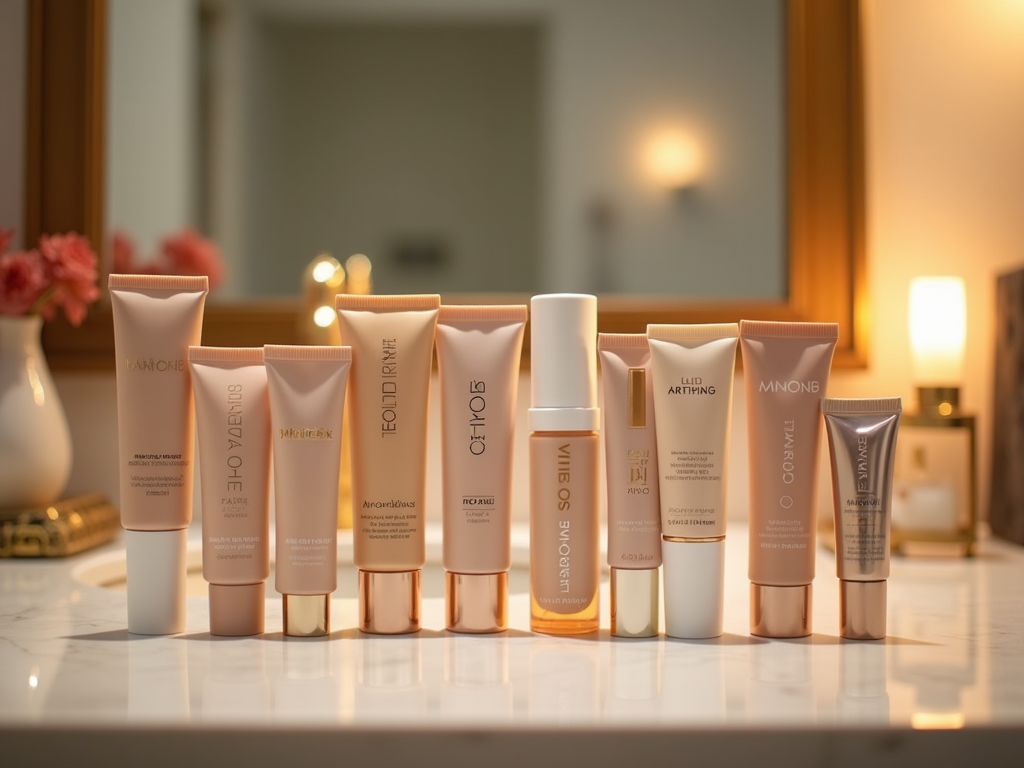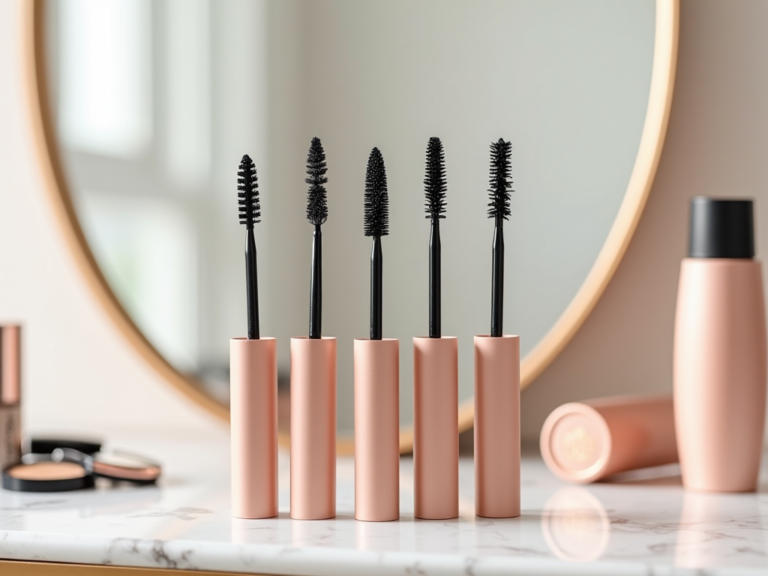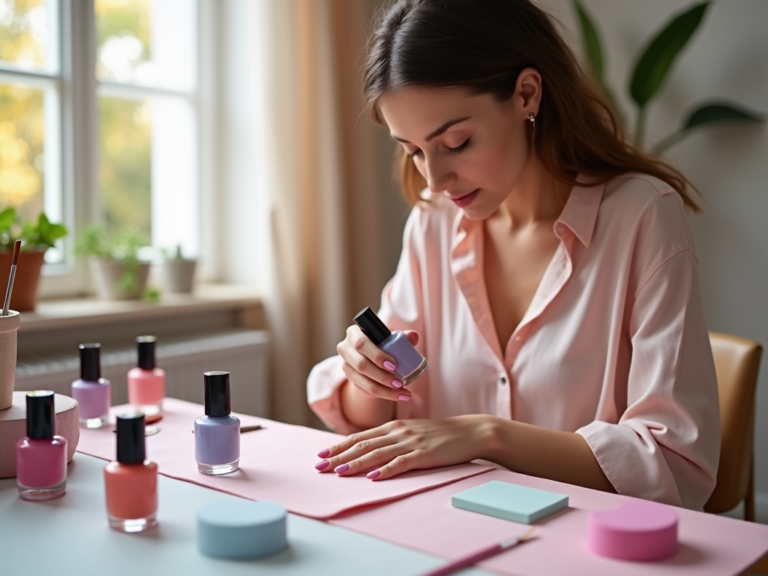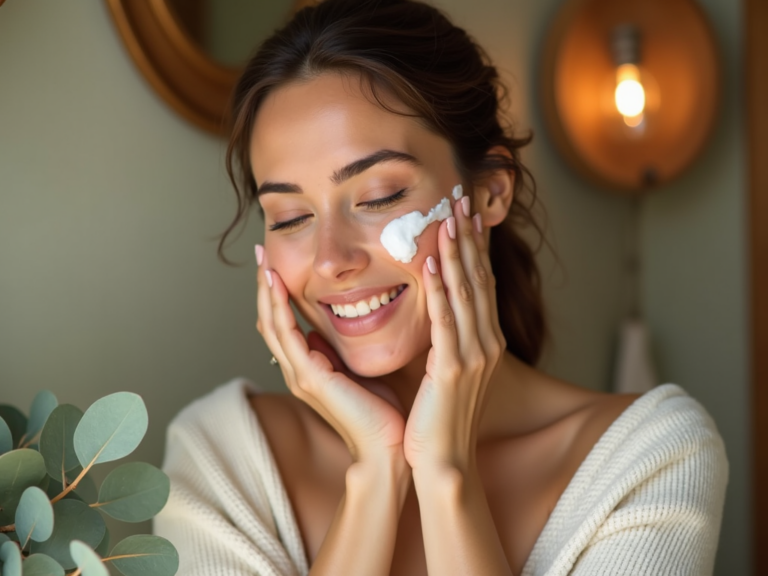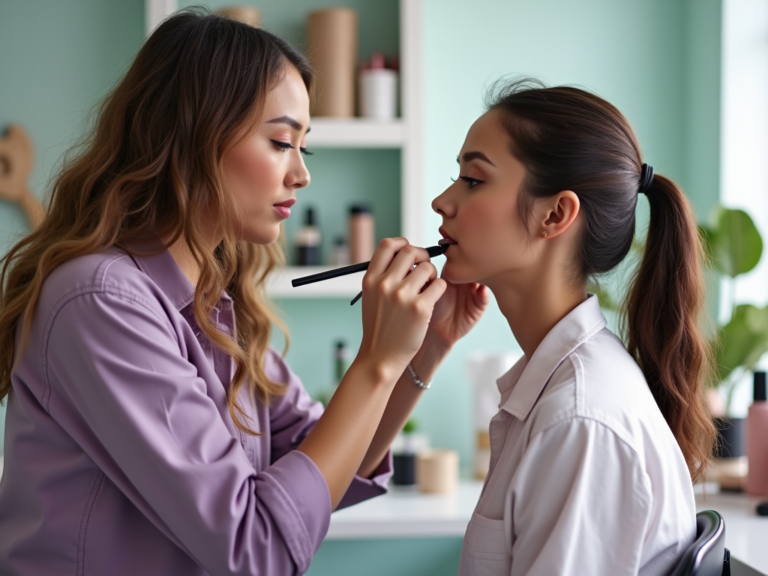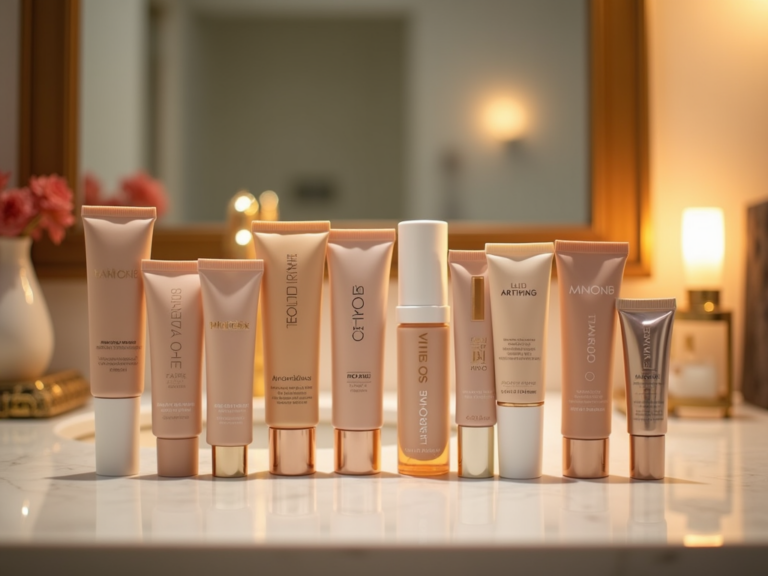In the world of cosmetics, makeup primer often takes a backseat in conversations about transformative products. Yet, it is this very product that forms the foundation of a flawless makeup look. Whether you’re a seasoned veteran or a cosmetics newbie, understanding the role and benefits of primer can elevate your makeup routine. This article will delve into the necessity of primers, how they function, their various types, and tips for selecting the best one for your skin type.
What Is Makeup Primer?
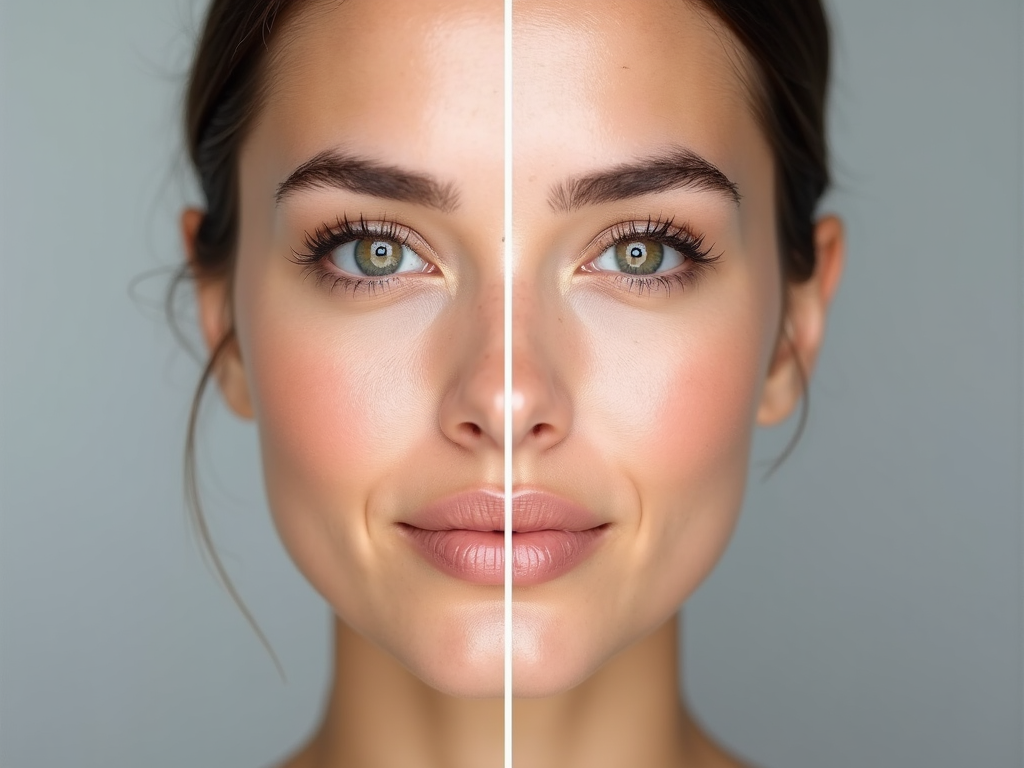
Makeup primer is essentially a preparatory product. Primarily applied after skincare but before foundation, its primary function is to create a smooth canvas on your face, ensuring that your makeup stays intact for longer durations. The primer acts as a glue to hold your makeup, addressing various skin concerns like enlarged pores, uneven texture, or fine lines before makeup application. In essence, a primer not only enhances the longevity of your makeup but also improves its appearance.
The Benefits of Using a Makeup Primer
Integrating a primer into your makeup routine offers numerous advantages. The primary benefit is its ability to extend the wear time of your makeup, making it an essential for long events or daily wear. Moreover, it aids in blurring imperfections and providing a more even skin texture for an immaculate foundation application. Here are some additional benefits:
- Reduces the appearance of pores and fine lines.
- Controls oil production for a matte finish.
- Makes the skin feel smoother and softer.
- Can provide hydration benefits for dry skin types.
Primers come in a variety of types, catering to different skin needs. Choosing the right type is crucial for achieving the desired effect and improving your makeup look. Here are some popular types:
- Silicone-Based Primers: These are ideal for smoothing out skin texture and filling in pores due to their silky consistency.
- Water-Based Primers: Perfect for individuals with sensitive or oily skin types, these primers are lightweight and provide a breathable barrier.
- Hydrating Primers: Suited for dry skin, these primers add moisture and prep the skin for a dewy makeup finish.
- Mattifying Primers: Best for oily or combination skin to help control excess shine and oil throughout the day.
How to Apply Makeup Primer
Applying primer correctly is as important as using it. Begin by selecting a primer that matches your skin type and concern. When applying, use clean fingers to dab a small amount of primer onto your skin, focusing on areas where makeup tends to fade or crease, such as the T-zone, cheeks, and chin. Spread the primer evenly without tugging on the skin, and allow it to set for a few minutes before proceeding with foundation. This step ensures the primer adheres properly and functions effectively.
Choosing the Right Primer for Your Skin Type
Selecting the right primer is crucial for enhancing your makeup look and protecting your skin. Here’s a quick guide for picking the right primer according to your skin type:
- Oily Skin: Opt for a mattifying primer to control shine and reduce oil production.
- Dry Skin: Go for a hydrating primer to add moisture and prevent flaky makeup.
- Combination Skin: Use a balancing primer that targets both oily and dry areas.
- Sensitive Skin: A gentle, fragrance-free, water-based primer will minimize irritation and breakouts.
Conclusion
Incorporating a makeup primer into your beauty routine can be transformative. It not only prolongs the wear time of your makeup but also enhances its overall look, addressing specific skin concerns and creating a flawless base. By understanding the different types of primers and how to apply them effectively, you can find the ideal product for your skin type and needs. Remember, investing time in selecting the right primer can significantly enhance your makeup experience.
Frequently Asked Questions
1. What is the primary function of a makeup primer?
The primary function of a makeup primer is to create a smooth base for makeup application, helping it to adhere better and last longer while addressing skin texture issues.
2. Can I use primer without foundation?
Yes, you can use a primer on its own to even out skin texture and reduce shine or add hydration, depending on the type you choose.
3. How much primer should I apply?
A pea-sized amount is generally sufficient to cover the entire face. Applying too much can lead to a slippery base, affecting the application of subsequent products.
4. How long should I wait after applying primer before applying foundation?
Waiting for about 2-3 minutes allows the primer to fully set on the skin, optimizing its effect and ensuring a smooth foundation application.
5. Can primer replace my moisturizer?
Primers are not designed to replace moisturizers. While some primers offer hydrating benefits, they should still be used in conjunction with your regular skincare routine.
